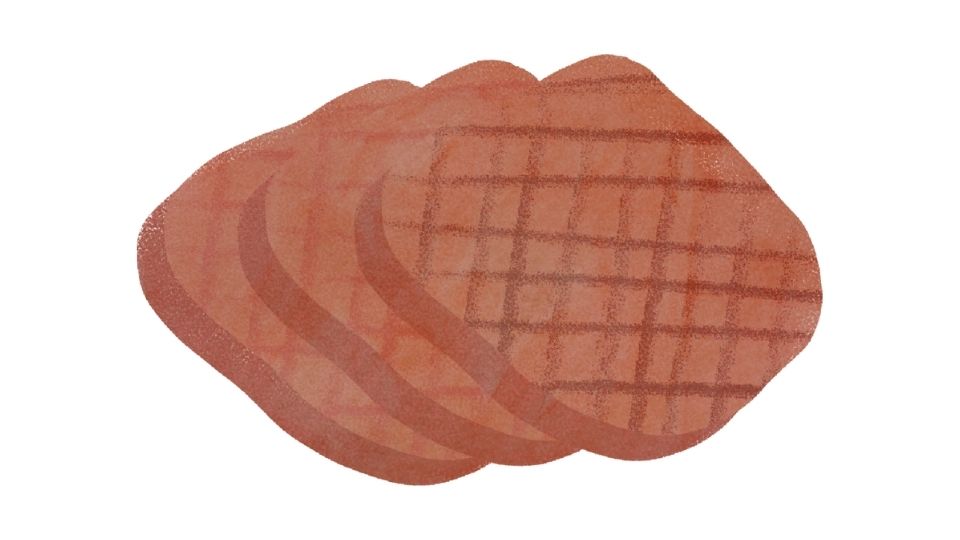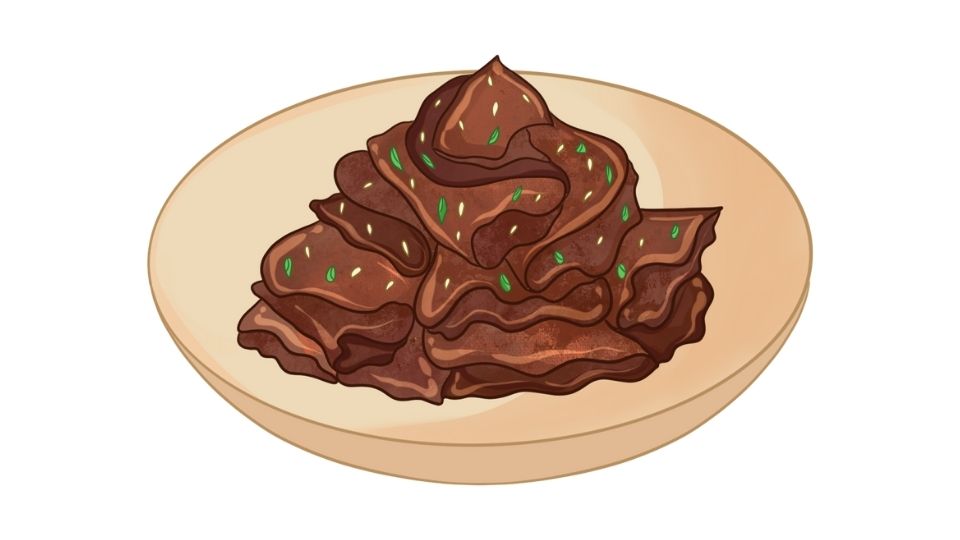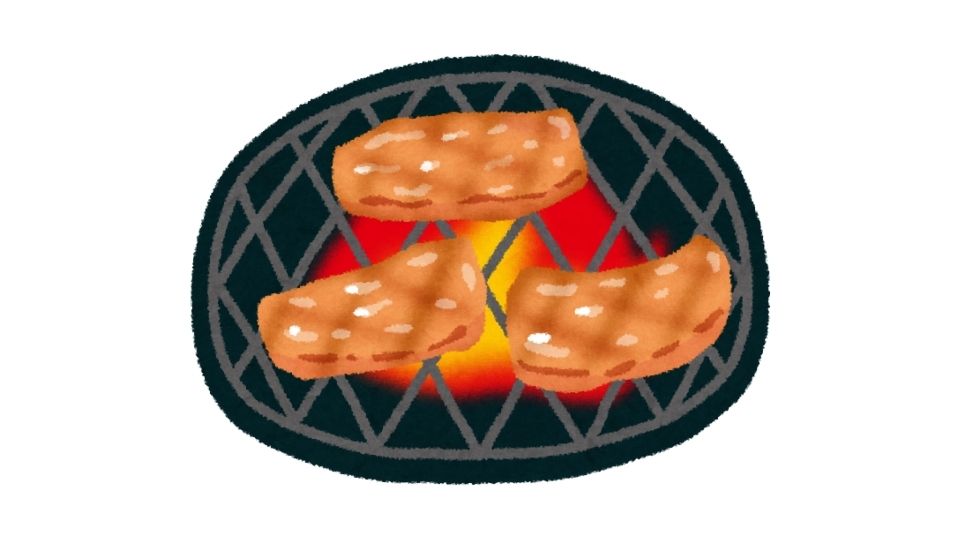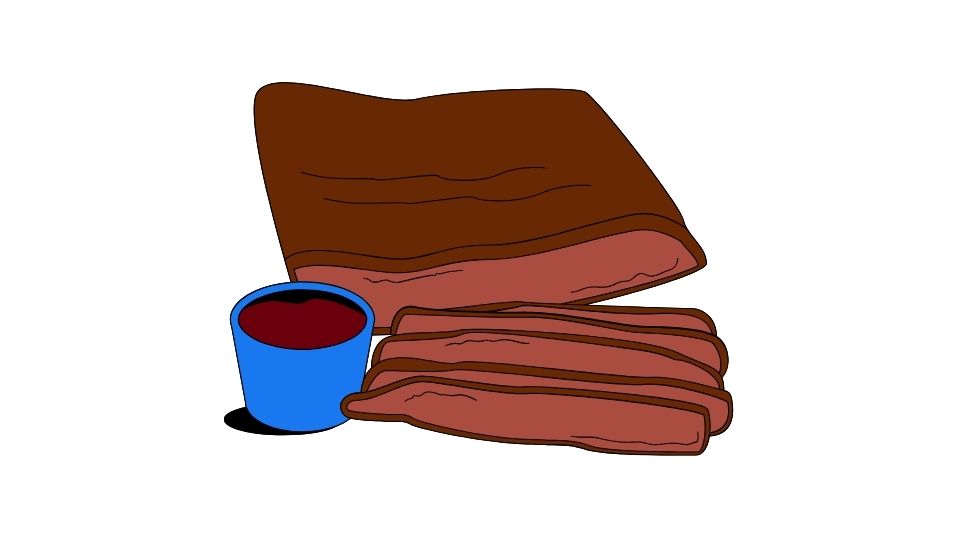Seitan might just be the most underrated protein on the planet. If you’re looking for a meat alternative that isn’t tofu, seitan deserves your attention.
I’ve been eating this wheat-based protein for years, and it still amazes me how many people haven’t heard of it. Let’s dive into the protein powerhouse that is seitan and why it might deserve a spot in your meal rotation.

How Much Protein Is In Seitan? (A Lot, Actually)
Let’s cut to the chase: a pound of seitan (about 454 grams) packs a whopping 95-105 grams of protein.
That’s right, this plant-based protein source rivals chicken and beef in protein content. Depending on the brand or recipe, seitan typically provides about 21-25 grams of protein per 100 grams.
And unlike meat, seitan is super low in fat (usually less than 1 gram per 100g) and relatively low in carbs too.
For anyone counting macros or trying to hit their protein goals while keeping calories in check, seitan is basically a cheat code.
Seitan vs. Other Protein Sources

How does seitan stack up against other proteins? Pretty darn well:
| Food | Protein per 100g | Fat per 100g | Calories per 100g |
|---|---|---|---|
| Seitan | 21-25g | ~1g | 100-150 |
| Chicken breast | ~27g | 3g | ~165 |
| Beef steak | ~25g | 10-19g | ~250 |
| Tofu | ~8g | 4-5g | ~76 |
| Lentils | ~9g | <1g | ~116 |
Looking at this chart, it’s clear why plant-based athletes love seitan. You get nearly the same protein as meat with way fewer calories and practically no fat.
Even compared to other plant proteins like tofu and lentils, seitan is in a league of its own protein-wise.
What Exactly Is Seitan, Anyway?
If you’re new to seitan (pronounced “say-tan”), you might be wondering what this mysterious food actually is.
Seitan is made from vital wheat gluten – the protein part of wheat after the starch has been washed away. It’s been used in Asian cuisine for centuries, particularly in Buddhist vegetarian cooking.
When cooked, it has a surprisingly meat-like texture that can be:
- Chewy
- Firm
- Sliceable
- Great at absorbing flavors
The texture is one reason why seitan is so popular for making vegan versions of traditionally meaty dishes like BBQ pulled “pork” or gyros.
Important note: Since seitan is basically concentrated wheat gluten, it’s absolutely not suitable for anyone with celiac disease or gluten sensitivity. This is one plant protein that’s definitely not gluten-free.
Nutritional Breakdown of Seitan

Beyond just protein, seitan offers some other nutritional benefits:
- Calories: About 100-150 per 100g (depending on preparation)
- Fat: Typically less than 1g per 100g
- Carbs: About 3-10g per 100g
- Fiber: Around 1g per 100g
Seitan also contains useful minerals like iron, selenium, and phosphorus, though in varying amounts depending on how it’s made.
One thing to note: seitan isn’t a complete protein on its own. It’s low in the amino acid lysine, which is why many commercial seitan products add ingredients like soy sauce or nutritional yeast to round out the amino acid profile.
How to Use Seitan in Your Diet
The best thing about seitan? It’s incredibly versatile.
You can use it in practically any dish where you’d normally use meat:
- Stir-fries
- Tacos and burritos
- Sandwiches and wraps
- Curries and stews
- Grilled as kebabs
Seitan is basically a flavor sponge, soaking up whatever seasonings you cook it with. This makes it perfect for recreating favorite dishes without the meat.
You can buy seitan pre-made (look for it in the refrigerated section near the tofu at health food stores), or make your own at home from vital wheat gluten flour.
DIY Seitan: Easier Than You Think

Making your own seitan at home is surprisingly simple and way cheaper than buying it pre-made.
The basic process:
- Mix vital wheat gluten with seasonings and liquid
- Knead until stretchy
- Shape it
- Simmer in broth or steam it
If you’re tracking your nutrition precisely, making seitan at home gives you total control over the ingredients and macros.
And homemade seitan can be customized to mimic different meats depending on how you season it. Want chicken? Add poultry seasoning. Beef? Try some liquid smoke and soy sauce.
Is Seitan Healthy?
Is seitan actually good for you? Like most foods, it depends on context.
The pros:
- High protein
- Low fat
- Low calorie
- No cholesterol
- Minimally processed (especially homemade)
The cons:
- Not suitable for gluten-sensitive people
- Typically high in sodium
- Not a complete protein on its own
- Can be dense/heavy in the digestive system for some people
For most people without gluten issues, seitan can be an excellent addition to a balanced diet, especially if you’re looking to increase protein intake without the saturated fat that comes with many animal proteins.
The Bottom Line on Seitan

Seitan delivers a serious protein punch at 95-105 grams per pound, making it one of the most protein-dense plant foods available.
If you’re plant-based, trying to reduce meat consumption, or just looking for protein variety, seitan deserves a spot in your meal rotation. And even if you’re an omnivore, it’s worth trying as a leaner alternative to meat in some meals.
Just remember the gluten factor – this is definitely not for everyone. But for those who can digest it well, seitan offers a unique combination of high protein, low fat, and meaty texture that’s hard to find in the plant world.
Have you tried seitan? If not, what are you waiting for? Your muscles (and taste buds) might thank you.




Leave a Reply